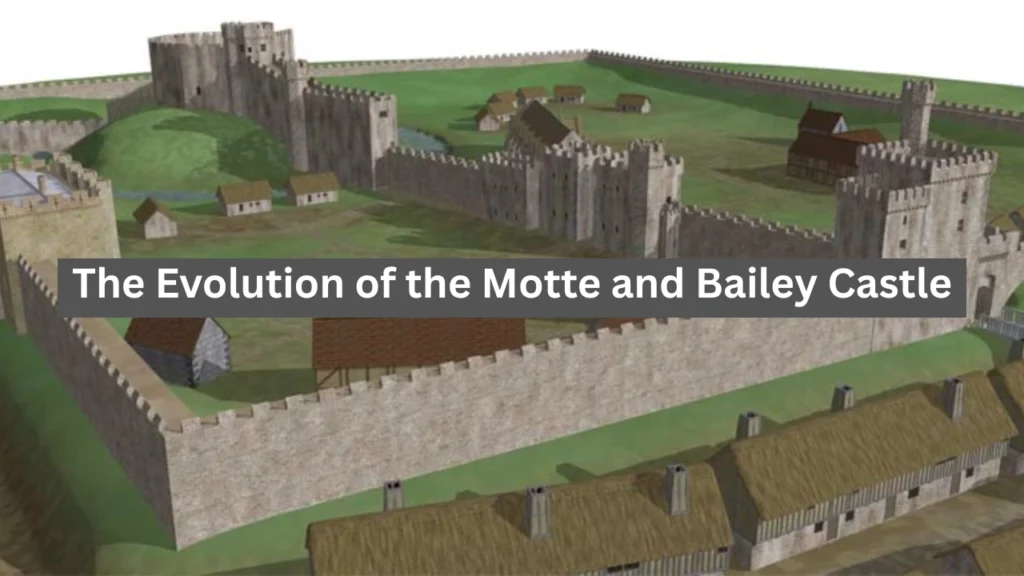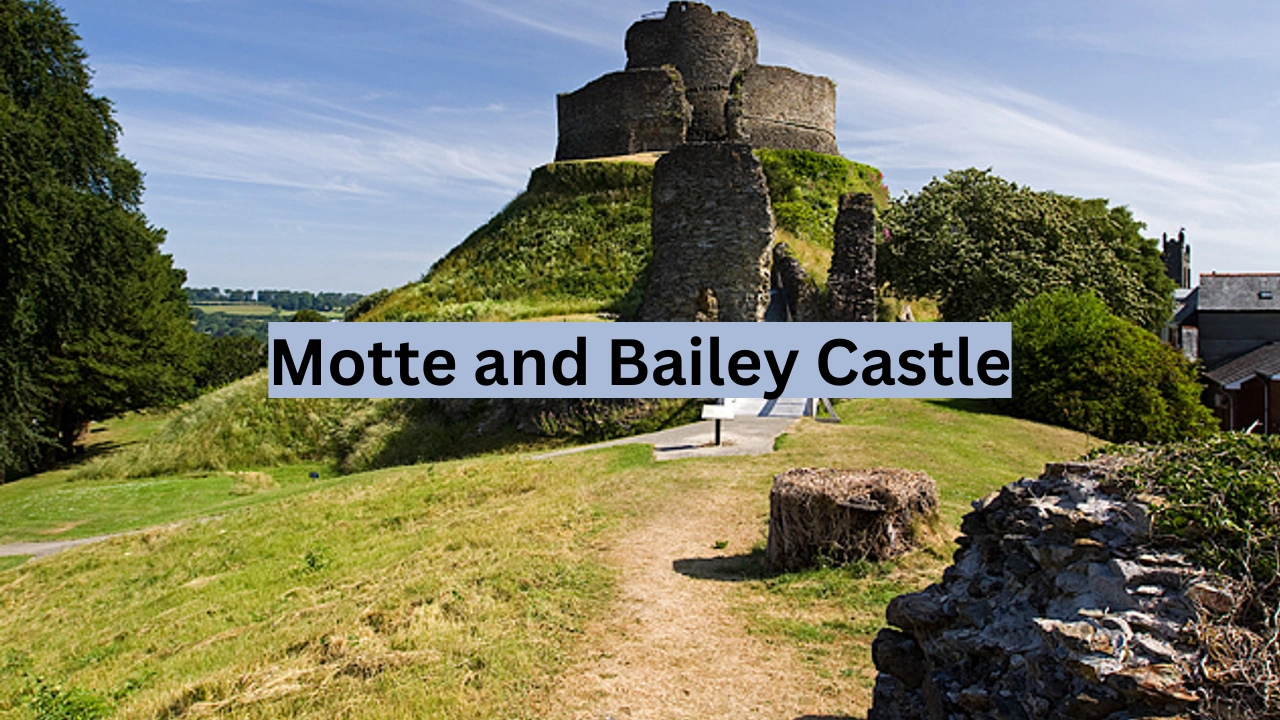The Motte and Bailey Castle: The First Step in Modern Fortress Design
When you think about medieval castles, images of towering stone fortresses with drawbridges and moats often come to mind. However, one of the earliest forms of castle design is the motte and bailey castle, a structure that played a crucial role in the history of European defense during the Norman conquest. This type of castle is known for its simplicity, yet effectiveness, and it marked a significant step in the evolution of castle architecture.
What is a Motte and Bailey Castle?
A motte and bailey castle is a type of fortification that dates back to the early medieval period, specifically following the Norman Conquest of England in 1066. The design consists of two key components: the motte and the bailey. The motte is a large, artificial mound of earth, typically topped with a wooden or stone keep (a stronghold for the lord and his family). The bailey is an enclosed courtyard, usually located at the base of the motte, which could contain various buildings like houses, stables, and workshops.
A Detailed Look at the Structure of the Motte and Bailey Castle
Here is a table that further illustrates the components of a motte and bailey castle, highlighting their features and functions:
| Component | Description | Purpose/Function |
|---|---|---|
| Motte | A large mound of earth, often topped with a keep (wooden or stone) | Provides height for strategic defense; houses the keep |
| Bailey | An enclosed courtyard surrounding the motte | Area for various buildings like stables, workshops, and homes |
| Moat | A water-filled ditch surrounding the castle | Added layer of defense; prevents attackers from reaching the motte easily |
| Drawbridge | A bridge that can be raised or lowered over the moat | Controls access to the castle |
| Palisade/Wall | A wooden or stone wall surrounding the bailey | Protects the bailey and its buildings from external attacks |
The Key Features of a Motte and Bailey Castle
The design of the motte and bailey castle was primarily focused on defense, but it also had a practical function in providing a place of residence for the lord and his family. Let’s explore the key features that made this type of castle unique.
1. The Motte
The motte was a large, man-made mound of earth, often towering several meters high. It was the central feature of the castle and served as the site for the keep. The keep itself was a stronghold where the lord would live, along with his family and any knights or soldiers who were stationed there. The motte provided a clear line of sight across the surrounding area, allowing defenders to spot enemies from a distance.
2. The Bailey
The bailey was an open area that surrounded the motte. It was typically a flat, enclosed space where various buildings, such as living quarters, stables, workshops, and storage facilities, could be found. The bailey was protected by a wooden palisade or a stone wall, and there were usually one or more gates for entry and exit.
3. The Ditch or Moat
Many motte and bailey castles were surrounded by a ditch or moat, which added an additional layer of defense. The moat could be filled with water or left dry, depending on the local terrain. The moat acted as a barrier, making it more difficult for attackers to approach the motte or the bailey.
4. The Entrance and Drawbridge
To control access to the castle, a drawbridge was often used to cross over the moat. The drawbridge could be raised or lowered as needed, providing a means of controlling who entered and exited the castle. This was a crucial feature for both defense and maintaining the safety of the inhabitants.
The Evolution of the Motte and Bailey Castle

The motte and bailey castle was one of the earliest forms of castles built after the Norman Conquest. Initially, these castles were constructed with timber, which made them quicker to build. Over time, as the need for more durable structures grew, many motte and bailey castles were upgraded with stone walls, and the keeps were rebuilt in a more permanent stone form. This transition marked the beginning of a new era in castle architecture, leading to the development of the stone keeps and the more complex fortifications that would define later medieval castles.
The Advantages of the Motte and Bailey Castle
The motte and bailey castle offered numerous advantages that made it a popular choice for medieval lords and military leaders. Let’s explore some of the key benefits:
- Quick Construction: Since the castles were primarily made from timber and earth, they could be built much faster than stone castles. This was especially beneficial during periods of conflict when a fast and effective defense was required.
- Strategic Location: The motte, being a raised mound of earth, allowed defenders to have a clear line of sight over the surrounding landscape, making it easier to spot potential threats.
- Adaptability: The design of the motte and bailey castle was versatile and could be adapted to different terrains and environments, which made it a practical choice for military leaders across Europe.
- Cost-Effective: Timber was much cheaper and easier to acquire than stone, making the motte and bailey castle a more affordable option for lords and kings who needed to build a stronghold quickly.
The Decline of the Motte and Bailey Castle
Despite its early success, the motte and bailey castle eventually began to fall out of favor. As technology and military tactics advanced, the vulnerabilities of these castles became more apparent. The wooden structures were vulnerable to fire and could be easily damaged by siege engines like trebuchets and catapults. Over time, stone fortifications became the preferred choice for building castles, as they provided better defense against attacks.
Conclusion
The motte and bailey castle represents an important chapter in the history of European fortifications. Its simple yet effective design allowed medieval lords and kings to establish dominance over large areas of land, providing both a home and a stronghold in times of conflict. While the popularity of the motte and bailey castle eventually waned with the rise of stone fortifications, its legacy lives on as one of the earliest and most influential forms of castle architecture in the medieval world.







